
Managing Species Efforts to Contain & Support


Managing Species Objectives
-
Indicate the characteristics of “pest” animals and describe the impacts they have on humans and human products.
-
Provide examples of invasive species, including how they have moved and the impacts they have on endemic species.
-
Explain the technological steps being taken to revive extinct species from genetic samples.
Humans manage many species, including organisms used as food and species in danger of extinction. This section describes other management issues: pests, invasive species, and even the possibility of bringing extinct species back to life.
Pests

A “pest” is an animal that has a negative impact on humans, typically by damaging crops or structures. Animals that directly cause disease in humans are called parasites and will be addressed in sections 4 & 5.
This cabbage plant has been attacked by different insects that eat the leaves, stem, and roots.
When considering pests is is important to keep in mind that these animals are not “choosing” their behaviors, they are innately programed and structurally suited for particular foods and habitats. They may be critical parts of the food webs in their ecosystems. Many of the insects that damage garden plants are food for songbirds.
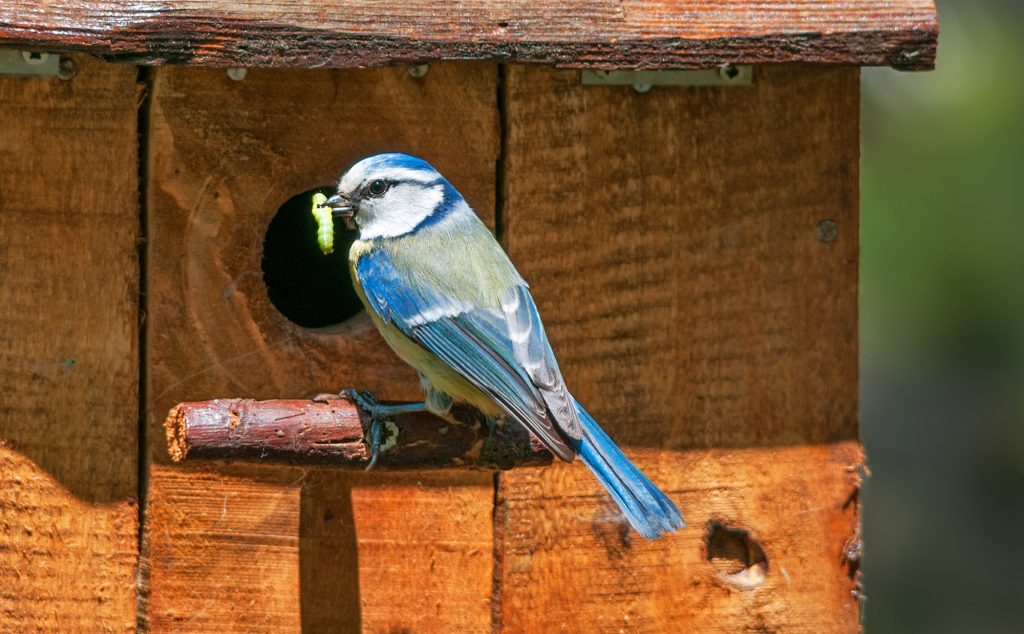
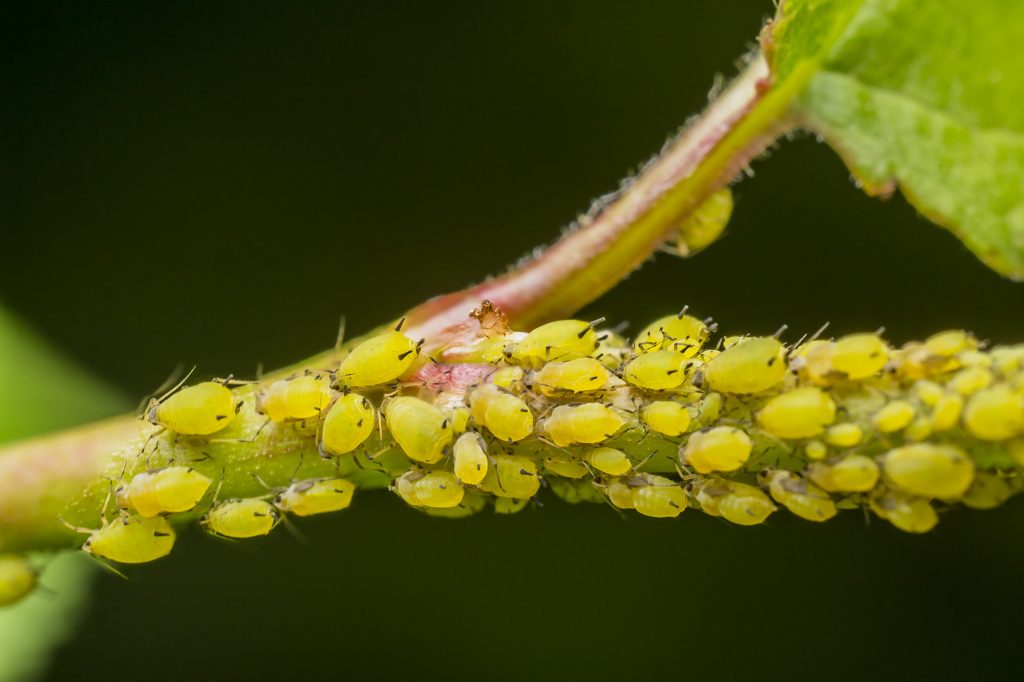
Some animals have a significant negative impact on human survival, particularly the arthropods: some are pests and some are parasites.
Aphids are true bugs (hemipterans) that consume sap from plants and can cause significant damage to many species.
This video introduces insect pests that people are more likely to encounter around homes and gardens.
Rodents, including rats, can act as vectors transmitting diseases to humans, and also can be significant pests, particularly consuming grains.
Invasive Species

You may be familiar with this bird, the common starling (Sturnus vulgaris) found in many parts of the world. There are over 150 million in North America and Central America. The surprising part is that these millions came from only 60 birds released in New York City in 1890.
Although on the decline in its native European range, the common starling has flourished in the Americas, in some cases at the expense of endemic species.
Introduced species do not always do well, but in some cases, the reduction of co-evolved parasites and predators allow them to explode in number.

Barbary sheep (Ammotragus lervia) are native to the mountains of north Africa and are suited for survival in harsh climates and rocky terrain. They were introduced as game animals for hunting to North America and Spain. In Spain, the sheep compete with native ungulates, including Ibex species.
Invasive species are all around us. Here is a tour of our land to demonstrate the impact of invasive plant species.
Invasive beetles damage Oregon conifers and these species are an important part of the state’s economy.
We try to keep our mosquito-controlling goldfish from escaping their pond, but people have already purposely added goldfish to area lakes. These fish can outcompete native species and tolerate a wide range of water quality.
This crayfish species and two other species have already been introduced to local rivers. If you have an exotic pet that could become invasive, keep it in close containment whenever possible.

Island populations are particularly vulnerable to invasive species as population sizes of endemic species are often small and may not have been raised with a variety of parasitic or predatory threats.
Hawaiian Honeycreeper bird species are in serious decline, some like this bird are almost extinct. In the past that was largely due to uncontrolled hunting, now it relates to habitat loss and introduced species.
These are a few invasive species that threaten endemic Hawaiian species.

Wild Pigs
Pigs uproot plants and cause soil erosion.

Day Geckos
Geckos eat a wide range of endemic insects.

Blackberry
The same invasive species in our field grows rapidly in Hawaii.
Reviving “Relic” DNA
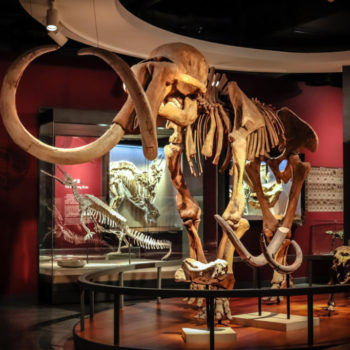
Could the long-extinct wooly mammoth be brought back to life?
A crowd-sourced campaign is funding research to try to make this happen.

This is wooly mammoth hair under the microscope at 40x magnification. There are enough specimens frozen in ice and submerged in acidic peat bogs that it is possible to acquire hair relatively inexpensively.
Along with the hair, researchers have found mammoth chromosomes. A species that went extinct 4,000 years ago may walk the Earth again.
This video outlines attempts to use “relic DNA” to resurrect extinct species.
Mammoths are prominent in popular culture and people would probably pay to see a live mammoth in person. However, whether there is enough habitat to maintain the species, or whether this is an appropriate use of genetic technologies is in question. You could use resurrecting extinct species for this guide’s opinion media piece, if desired.
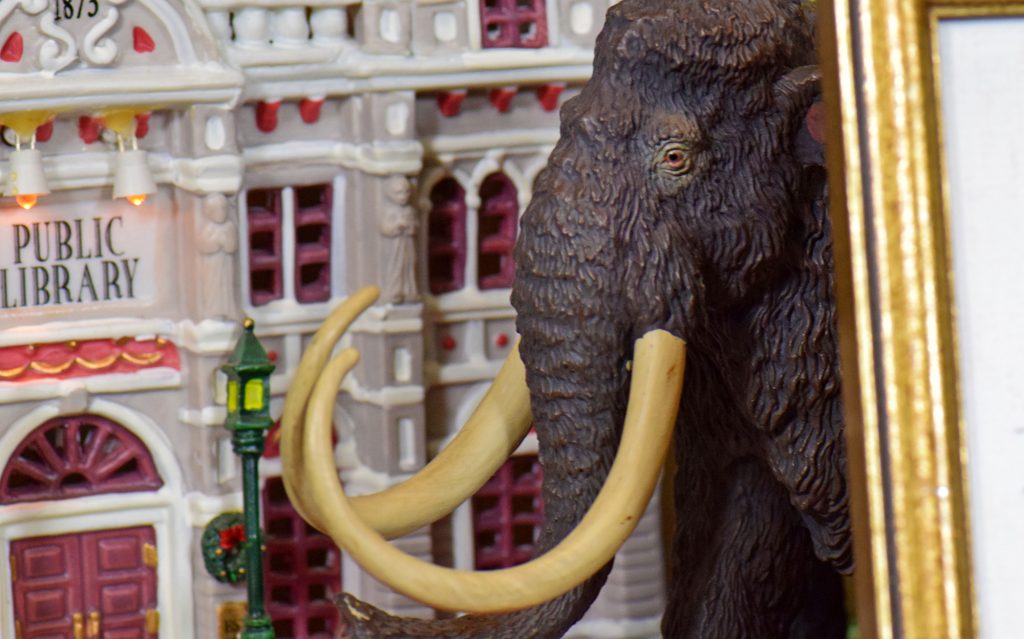
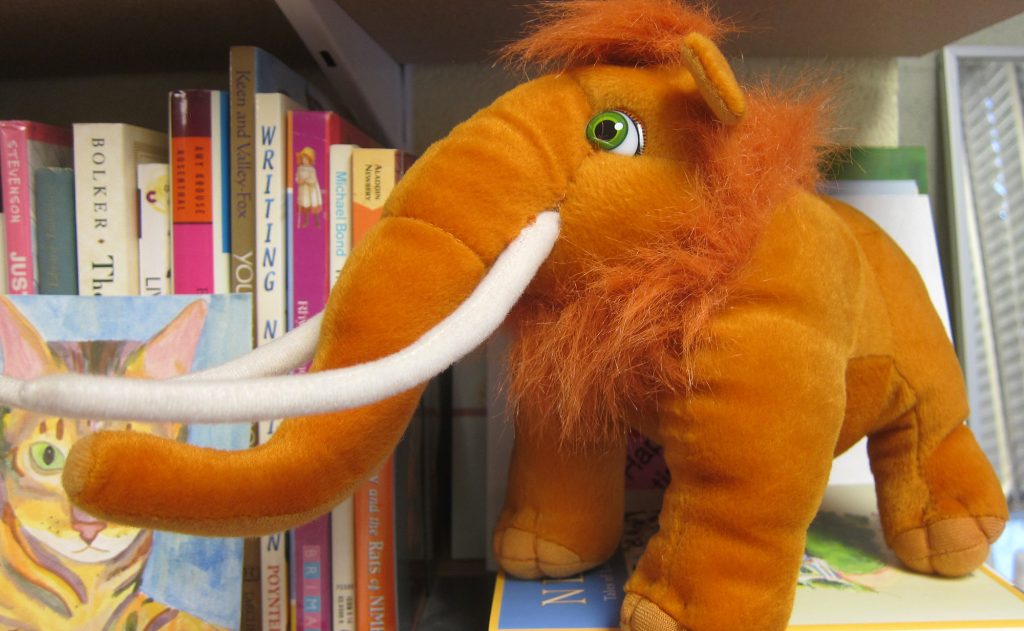
Managing species isn’t easy because they are interconnected with one another and their environment. The next section introduces coevolution, species changing together over time.
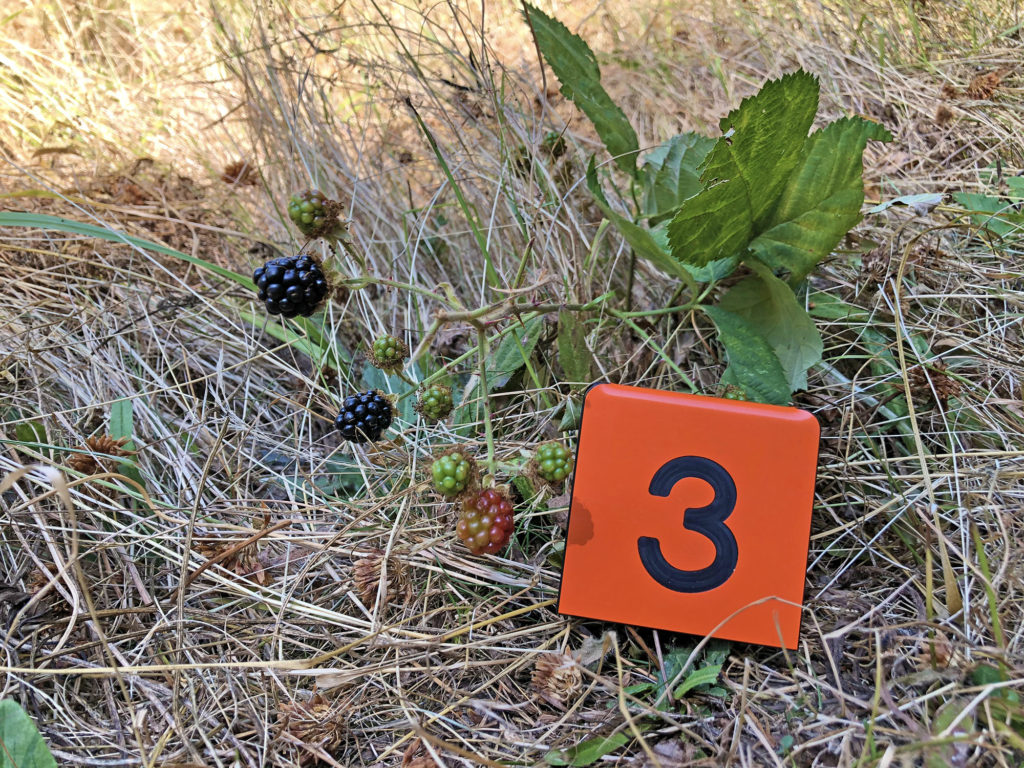
Check your knowledge. Can you:
-
indicate the characteristics of “pest” animals and describe the impacts they have on humans and human products?
-
provide examples of invasive species, including how they have moved and the impacts they have on endemic species?
-
explain the technological steps being taken to revive extinct species from genetic samples?



